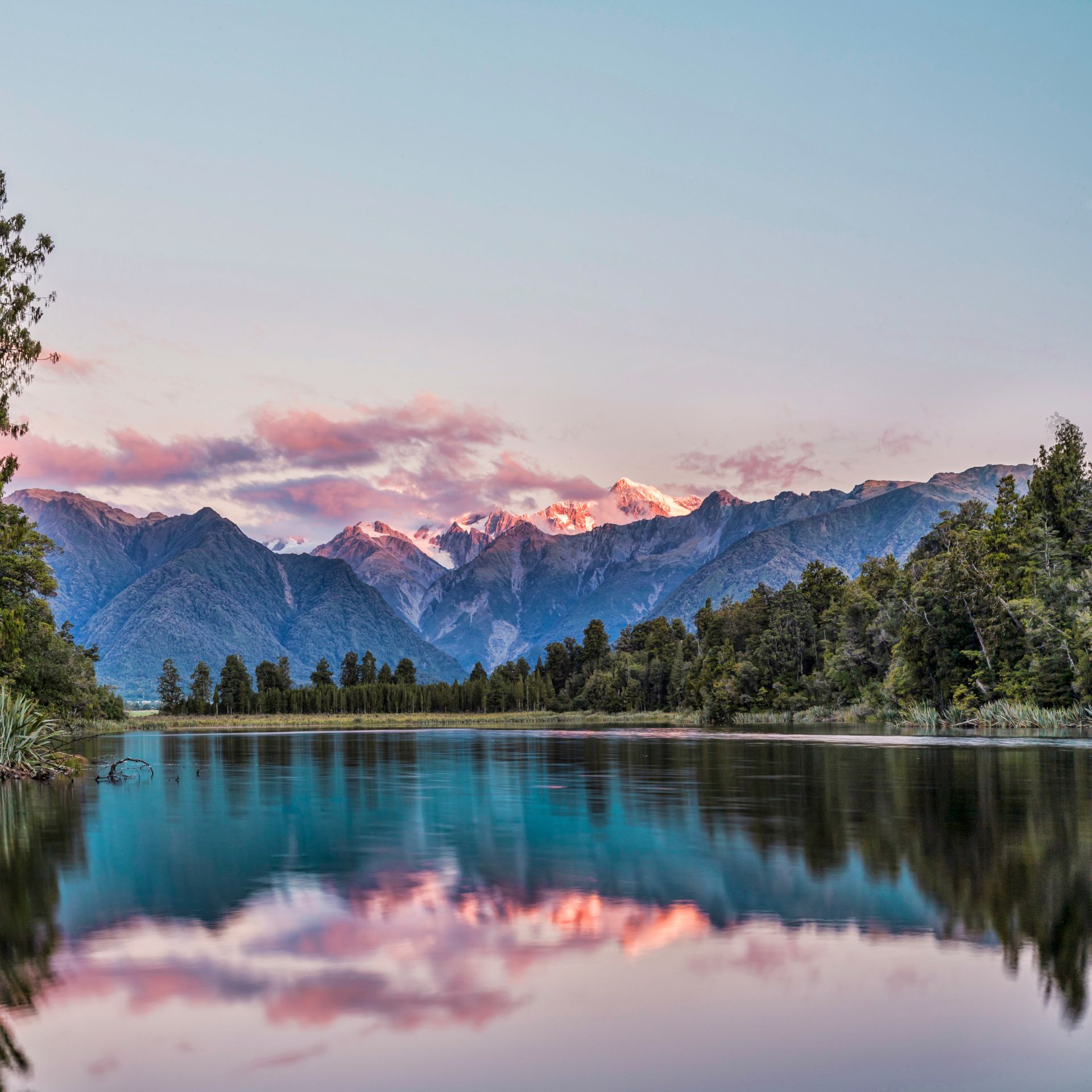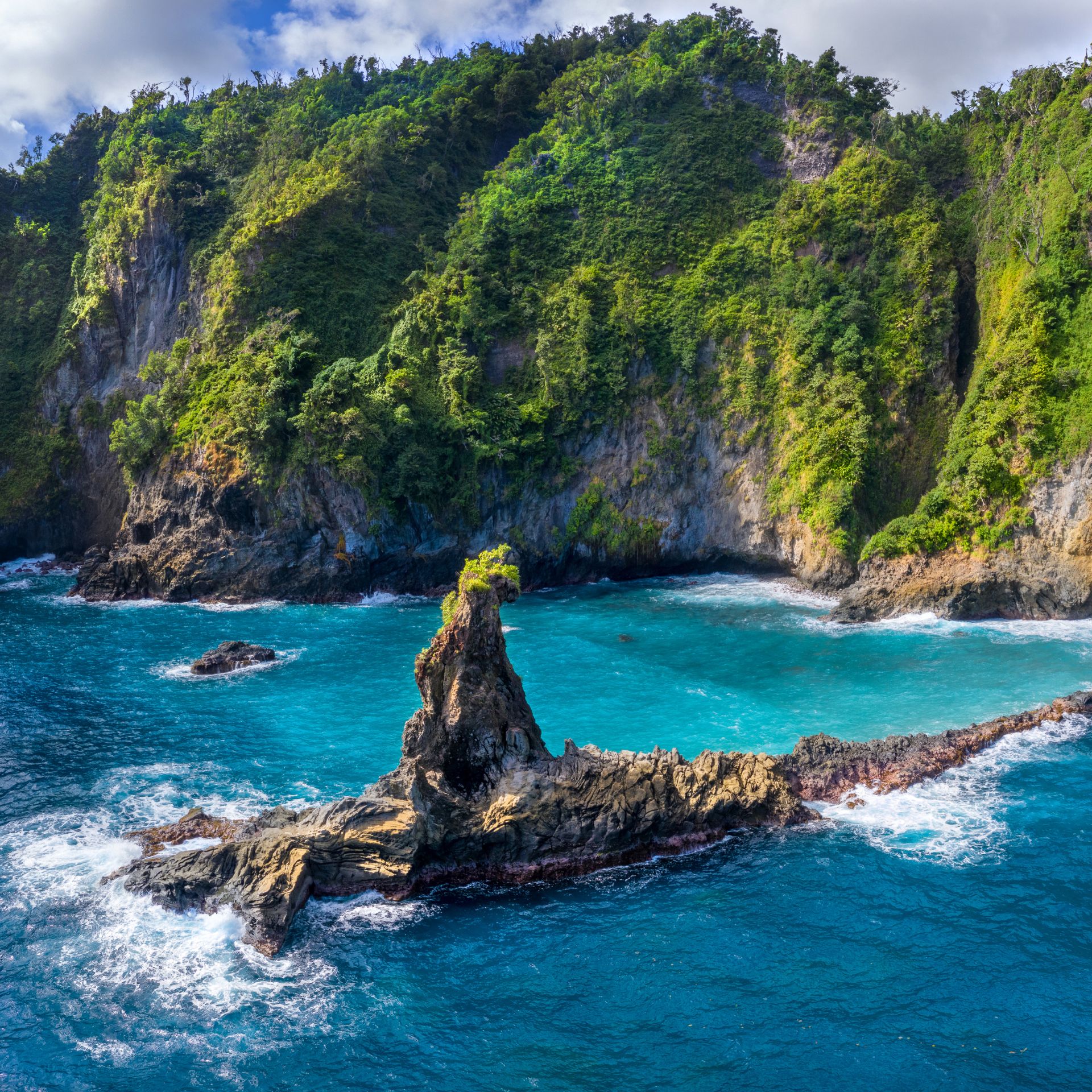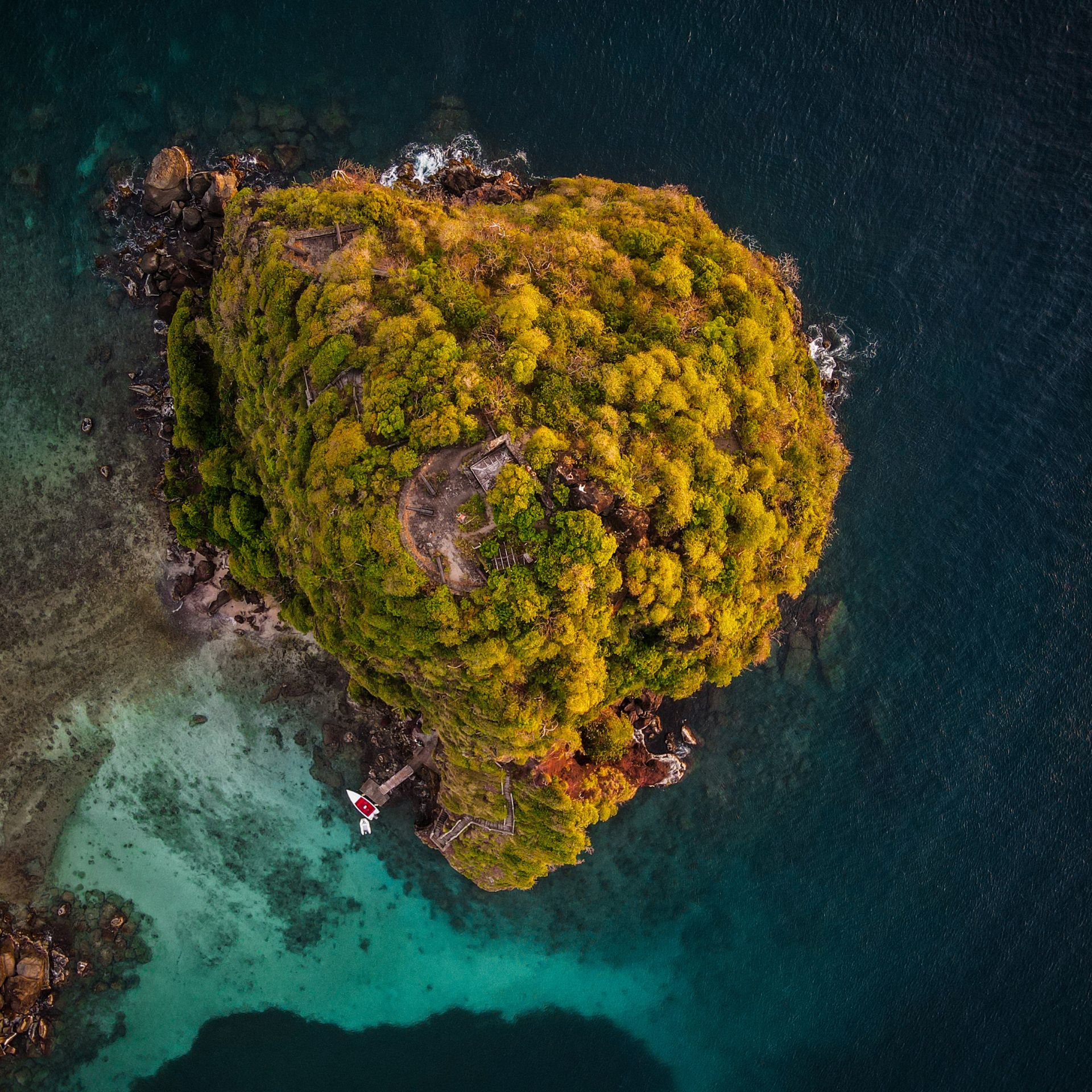Located at the coast of Cancun, the Underwater Museum of Art in Mexico is an exciting getaway for those wanting to discover something new and unique
The marine life has always fascinated me. It is a completely different world in a totally strange environment waiting to be fully discovered. I always saw myself as an intruder while snorkeling or diving. This is not the place where we as visitors should feel at home, as everything we touch, leave or in some way affect, can have terrible consequences for these ecosystems.
This is exactly what has happened at the Yucatan Peninsula in the Mexican Caribbean. This part of the world attracts more than 750,000 divers annually looking forward to exploring its pristine waters, encountering exotic marine creatures and taking a look into the multicolor corals lying deep undersea.
A different solution for a common problem
The damages of the marine life in Yucatan has been catastrophic for the environment, as the natural coral reefs have been damaged for years by tourists, anchors, and divers. Places like Manchones Reef, the largest coral reef in Cancún, has been practically destroyed and a clear solution was nowhere nearby.
This is when Dr. Jaime González Miki, Director of the National Park Costa Occidental Isla Mujeres, Punta Cancún & Punta Nizuc, saw an idea to keep the tourism flowing and simultaneously bring corals back to life: create a completely man-made parallel submarine world.
The idea of constructing artificial coral reefs has been around for a while. Sunken ships and other objects that have fallen to the bottom of the ocean floor have served as examples of this process and researchers in other parts of the Caribbean, South East Asia and Australia have been setting man-made coral reefs for years in order to bring marine life back to life.
In November 2009, Gonzalez Miki and British sculptor Jason deCaires Taylor, in cooperation with the local government, founded the Museo Subacuático de Arte (MUSA) and what it started with four pH-neutral cement, coral, seaweed, and algae statues turned into a museum of more than 500 different pieces in three different sections of the Cancún National Marine Park.
Read more: Meet the Guatemalan god living in a wooden body
Read more: Hiking the Pacaya volcano in Guatemala
Read more: Yaxha and Tikal – Visiting the centers of Maya culture

Swimming among sculptures and sea life
After booking one of the many tours offering trips to the MUSA at the island of Isla Mujeres, my group and I were taken to the national park. From there, we explore three different areas of it and finishing at one of the MUSA exhibitions, Manchones.
With a depth of 8 meters and hosting 473 sculptures, Manchones is the most popular place at the MUSA. Most boats will do a quick stop here and if you are snorkeling, you can get a pretty clear view of the sculptures from the top.
Here, two sculptures stand out as the “must see” pieces to glimpse. Firstly, “Silent Evolution”, a series of multiple human shaped statues standing up next to each other and creating the sensation of being an underwater crowd, and secondly, “Anthropocene”, a replica of a Volkswagen Beetle made out of concrete and seaweed – both sculptures created by MUSA founder Jason deCaires Taylor.
Read more: Which are the most beautiful waterfalls in Central America
Read more: Explore the volcano route of Nicaragua
Read more: Meet the Guatemalan god living in a wooden body
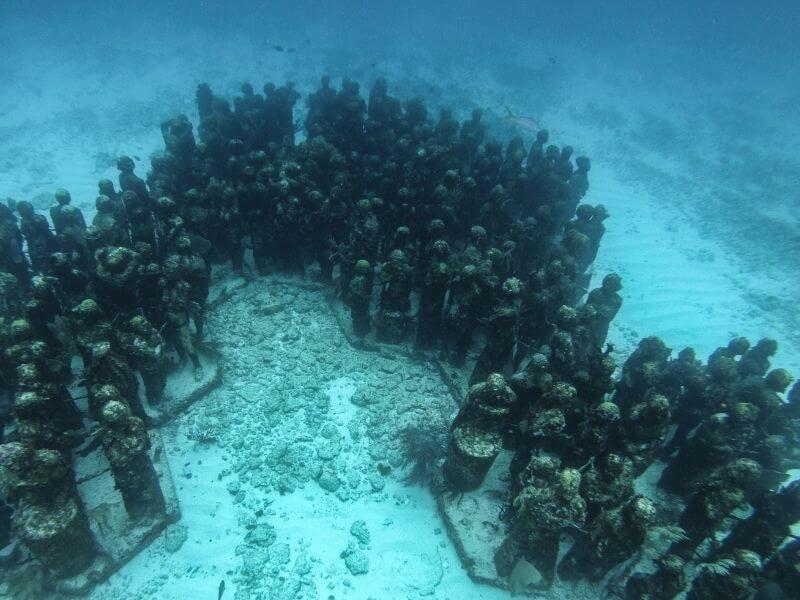
The other two locations (exhibitions), Punta Nizuc and Punta Sam, host only 1/10 of the sculptures you would find in Manchones. Therefore, most tour operators ignore these two spots, focusing mostly in showing Manchones and spending the most time there.
But time is also very limited at the MUSA, as tours in Manchones last not more than 30-45 minutes on the water. Also, it takes some time to go from one sculpture to the next one, so don’t expect spend much time around each sculpture. Still, it is enough to get a basic glimpse of the whole project itself and enjoy the views.
Read more: Visit Isla Mujeres or Cozumel – which one is better?
Read more: Palau’s Jellyfish Lake travel guide
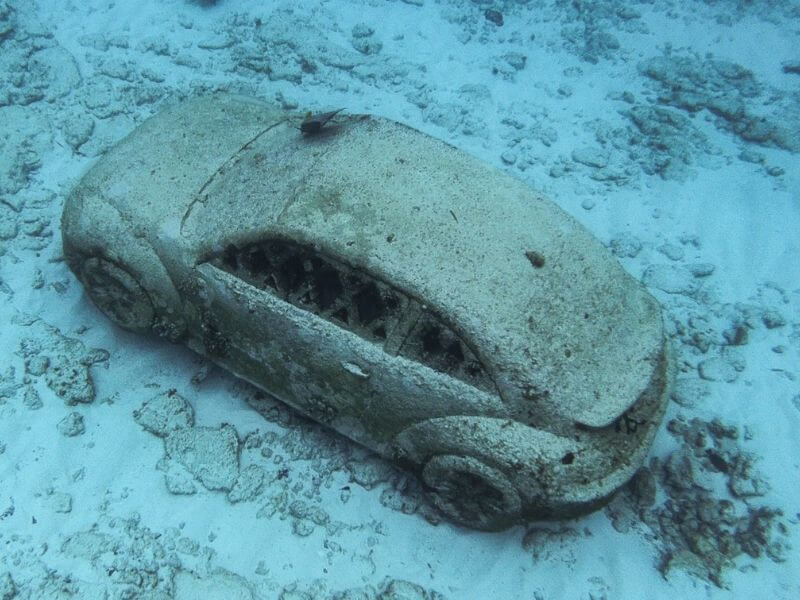
Inside Info: Snokeling tours to MUSA start at 30 EUR from one of the many tour operators in Cancun or Isla Mujeres, while diving tours start at 90-100 EUR with one dive. Bookings are way easier to do once you are in Mexico.
The MUSA was unfortunately not a life changing experience. The tours are quite simple and straightforward, plus the marine life is just a tiny bit of what you can see in many other places of the Caribbean or Central America. On the opposite side, visiting MUSA means supporting a brighter future for the corals and sea life in this part of the world – a project that we all should back up before it is too late.



